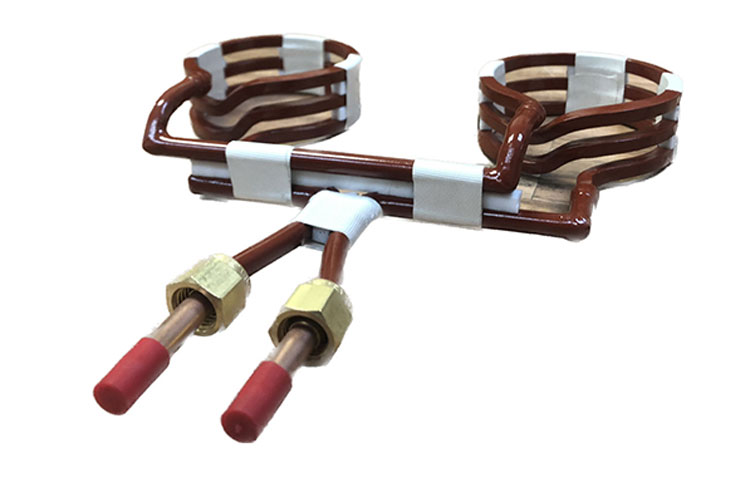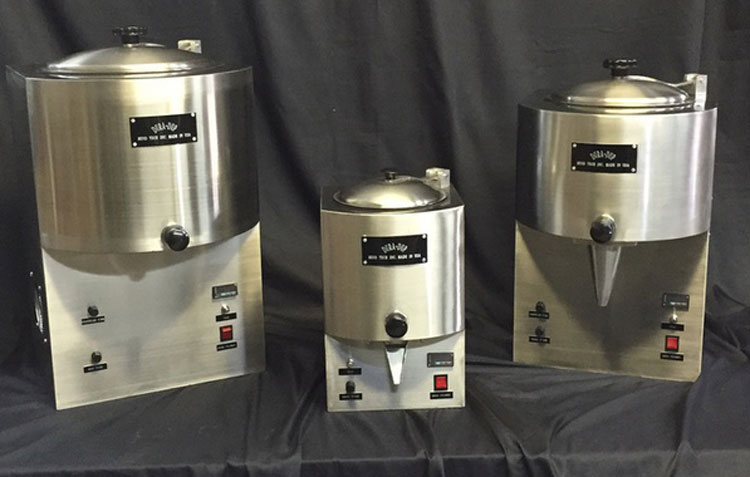Manufacturing And Production Company In Garfield, NJ
Welcome to Mend Tech Inc., your premier manufacturing and production company based in Garfield, NJ. With a strong commitment to delivering top-quality products and services, we take pride in being a trusted provider in the industry.

Metal Melting Crucibles
Mend Tech Inc. offers a wide variety of metal melting crucibles to be used in all manner of heating induction furnaces and processes throughout numerous fields of work…

Duplicating Machines
Our unique complete stainless steel duplicating machine structure will outlast any competitor product because of its anti-corrosive properties…
Superior Craftsmanship in Induction Heating Coils
At Mend Tech Inc., we specialize in the manufacturing of induction heating coils. Our coils are built with superior craftsmanship, ensuring efficient heating and long-lasting durability. Whether you are in need of a new induction coil or require repairs and rebuilds for your existing coil, we have the expertise to deliver prompt and cost-effective solutions that will keep your equipment running seamlessly.
Excellence in Induction Furnace Manufacturing
As experts in induction furnace manufacturing, we have gained a reputation for our high-quality and reliable products. Our team of skilled professionals excels in designing and producing induction furnaces that meet the specific needs of our clients. Whether you require a standard furnace or a customized solution, we are dedicated to delivering exceptional results that exceed your expectations.
Areas We Proudly Serve
Garfield, NJ | Lodi, NJ | Elmwood Park, NJ | Saddle Brook, NJ | Passaic, NJ | Wallington, NJ | Hasbrouck Heights, NJ | Maywood, NJ | Clifton, NJ | Hackensack, NJ | Rutherford, NJ | Paterson, NJ | Little Ferry, NJ | Fair Lawn, NJ | West Paterson, NJ | Nutley, NJ
Serving Clients Nationwide
While we are based in Garfield, NJ, we are proud to serve clients throughout the entire United States. Our commitment to delivering exceptional products and services knows no boundaries. No matter where you are located, you can trust us to provide you with the highest quality solutions that meet your specific requirements.
Superior Customer Service
At Mend Tech Inc., we consider our customers as an integral part of our success. We strive to provide superior customer service that goes above and beyond expectations. From the moment you connect with us, you will experience our dedication to understanding your needs and delivering personalized solutions.
Experience the Mend Tech Inc. Difference
When you choose Mend Tech Inc. as your manufacturing and production partner, you are choosing a company that is committed to excellence in every aspect. From the quality of our products to the level of customer service we provide, we consistently strive for perfection. We believe in building long-lasting relationships with our clients based on trust, reliability, and outstanding results.
Reach Out to Us Today
Ready to experience the Mend Tech Inc. difference? Then get in touch with us today to discuss your specific manufacturing and production needs. Our team of experts are ready to assist you in finding the perfect solution that meets your requirements. So join the countless satisfied customers who have chosen Mend Tech Inc. for their manufacturing and production needs.



